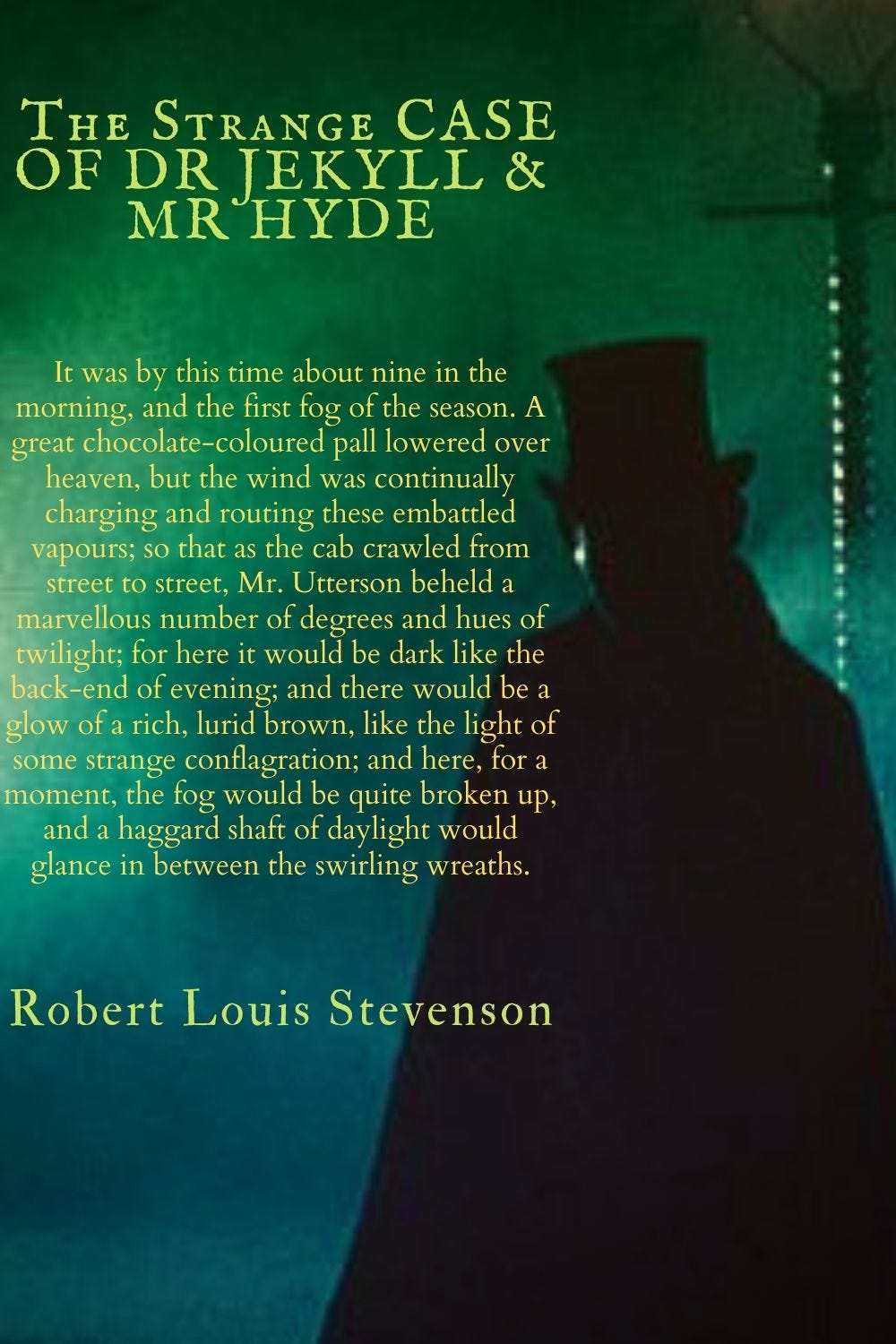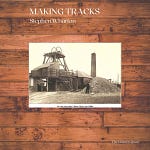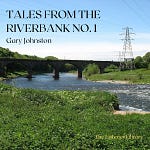
Robert Louis Stevenson
R L Stevenson was born Robert Lewis Balfour Stevenson in 1850 in Edinburgh, Scotland. He died aged only 44 in Samoa. He was phenomenally successful in his time and is still remembered for such classics as Treasure Island, Kidnapped and of course The Strange Case of Dr Jekyll and Mr Hyde.
Robert Louis (he changed his name from Robert Lewis Balfour when he was around 18) was an only child. His father Thomas Stevenson was a famous lighthouse engineer, from a line of lighthouse designers. His grandfather Robert Stevenson and his uncles were in the same line of work. R L Stevenson's mother Margaret Balfour came from a line of landowners from Fife, but her father was a Church of Scotland minister.
Stevenson suffered from respiratory problems as a child, an ailment he shared with his mother and maternal grandfather. He never fully recovered from his chest problems.
After school, he went to Edinburgh University to study engineering. He used to go to the family engineering works in the summer and accompanied his father on a tour of lighthouses in Orkney and Shetland on 1868.
By 1871, Robert Louis told his father he didn't want to be an engineer but wanted to pursue a career as a writer. His family took it relatively well but suggested he change to studying Law at University to give him some security.
He was 21, and in common with many 21 year olds, he became more Bohemian, taking to wearing his hair long and sporting a velveteen jacket.
In 1873, he went to stay on the French Riviera for the good of his health for a year but came back to Edinburgh and was admitted to the Scottish Bar in 1875.
He met and fell in love with an American woman called Fanny Van de Grift Osborne from Indianopolis who had come with her children to study art in France. She was married but her husband was multiply unfaithful so they separated.
She retured to the USA after they had spent over a year together and eventually in 1878, he travelled to meet her in San Francisco. He wrote about his journey across America, but it ruined his health. He was reputedly almost dead when he arrived in Monterey, California. By December 1879, he was well enough to travel on to San Francisco. He described the time as being 'All alone on forty-five cents a day and sometimes less'
He met up again with Fanny in San Francisco. She was divorced by that time, but by the winter of 1879, he was at death's door again and Fanny came to nurse him. They married in 1840 and travelled to the Napa Valley for their honeymoon in an abandoned mining camp on Mouth Saint Helena. In August that year, he sailed back to Liverpool in England.
Because of his failing health, Stevenson looked for suitable places to live, staying on the south coast of England, to France and in places in Scotland.
After Stevenson's father died, he went to live in Colorado. By 1888 he chartered a yacht in San Francisco and decided to set ail for the east and central Pacific, stopping in Hawaii, Tahiti, the Gilbert Island and New Zealand. He ended up in Sydney, Australia, and in 1890 set out on another voyage and arrived at Vailima in Samoa where he bought land and became part of the local community. He was to die of a stroke in 1894 while opening a bottle of wine.
The Strange Case Of Dr. Jekyll And Mr. Hyde
'Jekyll and Hyde' was published in 1886. Stevenson finished it in six days during a period of illness and gave it to his wife who didn't like it.
It is written a little like a mystery where Mr Utterson the lawyer is the detective. The truth of what happens is actually more or less laid out in the first section for those who have eyes to see. We see the evil Mr Hyde draw a cheque in Jekyll's name, and Mr Utterson wonders how one man could go early in the morning and come out with a signed cheque in the name of another. With hindsight it is obvious and that is of course the technique of the crime novel: the aha! that comes when you re-evaluate information you were given at the beginning and see it for what it is for the first time.
Stevenson borrowed the name Jekyll, but Hyde seems to be a a play on 'hide and seek'. In fact Utterson makes that joke in the course of the novel as he goes to seek Mr Hyde.
The theme of the evil deeds of a good man may also probably arise from Stevenson's youth in a good Scottish Calvinistic home where his childhood nurse terrified him with her mix of strict Calvinism and peasant supersitions.
Is a man responsible for his bad deeds? I think the message is, yes, no matter how he tries to wriggle out of them by blaming them on his wicked side. But there is no salvation for Henry Jekyll in this book.
Jekyll's ambition was to have a separate self that he could go and indulge his sinful desires with, certainly of violence, but others are also hinted at. What a wonderful thing it would be to have your sinful cake and eat it too? He tries to find a potion that will allow this, but as with all addicts, he finds that ultimately, the potion lets him down.
Vocabulary
In general, Stevenson adheres to the Victorian tradition of using uncommon words. The Victorian reader gloried in his or her ability to understand a wider vocabulary and the Victorian author delighted in throwing in obscure words. Hemmingway hated it and it's due to Hemmingway that modern authors eschew ornate lines. It'll swing back the other way eventually.
Cabinet: means a room, a chamber
Press: means a cabinet!
A Cheval Glass: this is a mirror in a frame that can be tilted. They used to have them in dress shops. Presumably needed here so Jekyll could view his transformation into Hyde.
Solution: Stevenson uses this in its original sense: a dissolving.












Share this post